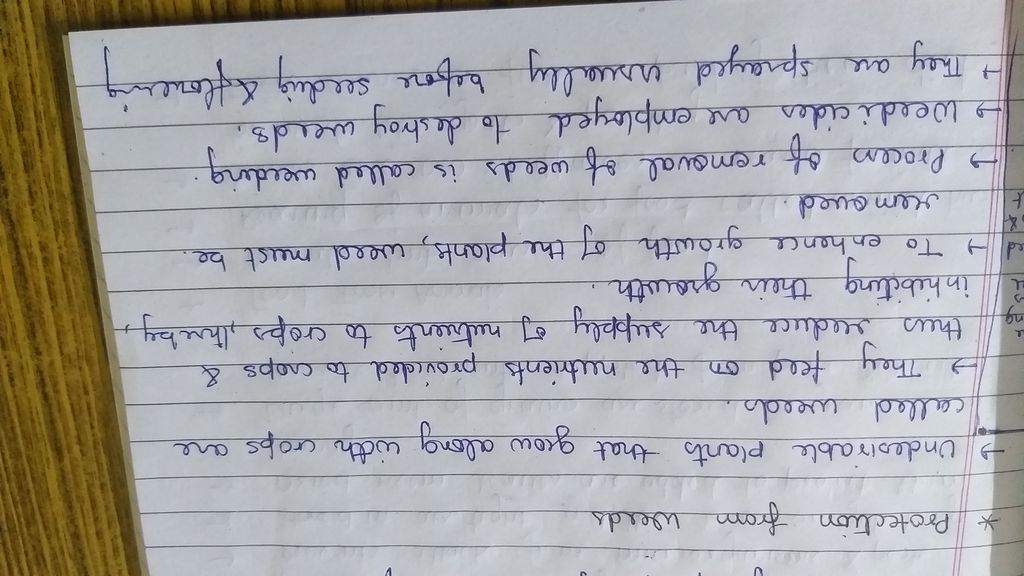
- Books Name
- Class-8 Science Book
- Publication
- PathSet Publications
- Course
- CBSE Class 8
- Subject
- Science
Weeds are undesirable plants that may grow naturally along with the crop grown in the field.
Removal of weeds is called weeding. Weeding is necessary because they affect the growth of the crop by competing with the crop plants for water, nutrients, space and light.
Protection from Weeds
Undesirable plants that grow naturally along with the crop are called weeds. Removal of weeds is called Weeding.
Why is weeding necessary?
Removal of weeds is essential because:
- Weeds compete with crops for space, light, water, and nutrients.
- They may interfere in harvesting and can be poisonous for animals and human beings.
How do farmers remove weeds?
Farmers remove weeds by:
- Tilling before sowing of crops (to uproot and kill weeds),
- Manually removing them using khurpi to uproot them or cut them close to the ground,
- Spraying weedicides (chemicals that kill weeds but do not damage crops), such as 2, 4 Dichlorophenoxy acetic acid (2, 4-D), Naphthalene acetic acid, and Atrazine.
What should farmers keep in mind while using weedicides?
The best time to remove weeds is before they produce flowers and seeds.
Weedicides are diluted with water and sprayed in the fields. Farmers should cover their noses and mouth with a piece of cloth while spraying them.
Farmers use many ways to remove weeds and control their growth:
- Tilling before sowing of crops: helps in uprooting and killing of weeds, which may then dry up and get mixed up with the soil.
- The best time to remove weeds is before they produce flowers and seeds. Manual removal includes the physical removal of weeds by uprooting or cutting them close to the ground from time to time.
- Weeds are also controlled by spraying certain chemicals called weedicides, in the fields to kill the weeds. They do not damage the crops.

 Izram
Izram
 PathSet Publications
PathSet Publications
